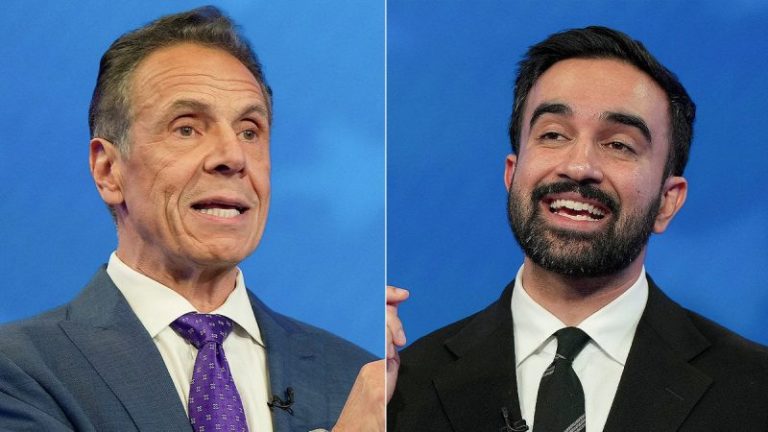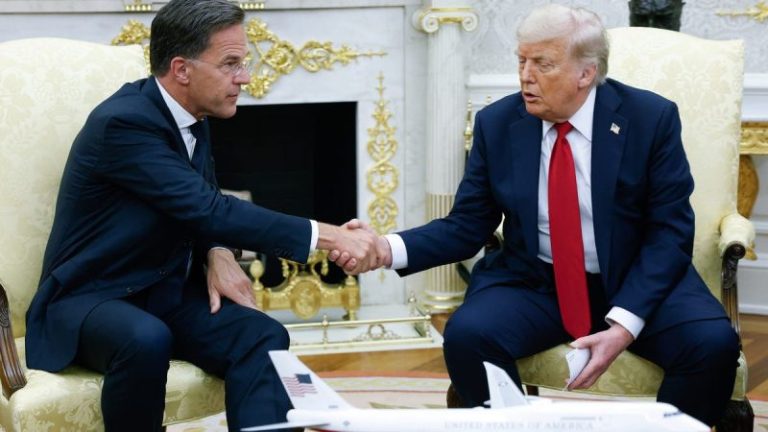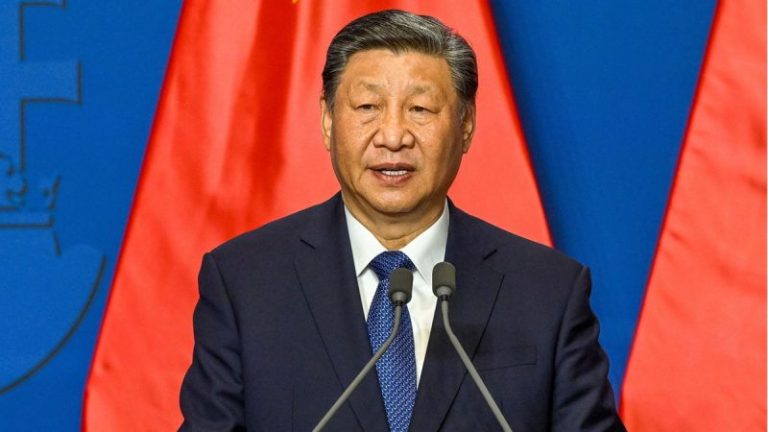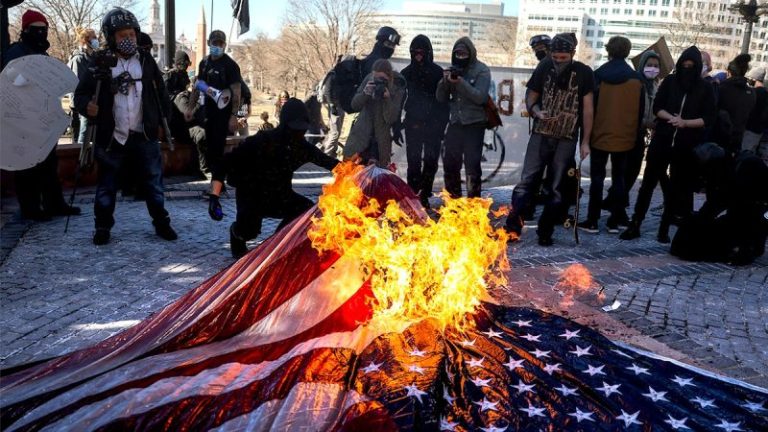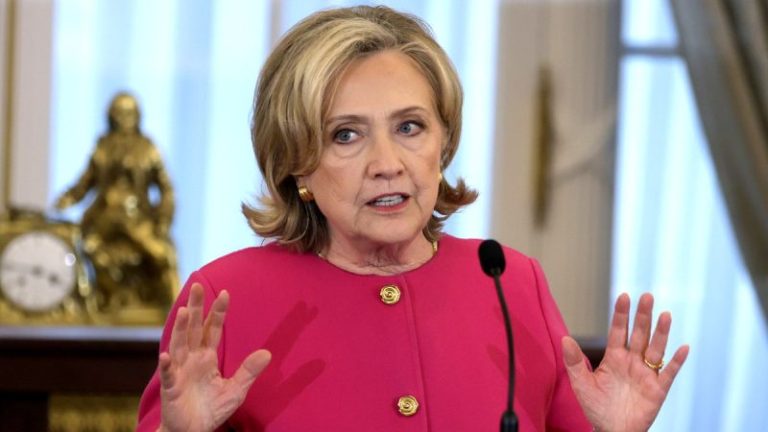President Donald Trump met with NATO Secretary-General Mark Rutte Wednesday — days after Ukrainian President Volodymyr Zelenskyy visited the White House andafter calling off a meeting with Russian President Vladimir Putin.
‘We canceled the meeting with President Putin,’ Trump told reporters in the Oval Office with Rutte Wednesday. ‘It just it didn’t feel right to me. It didn’t feel like we were going to get to the place we have to get. So I canceled it. But we’ll do it in the future.’
Trump also shed insight into why he isn’t interested in arming Ukraine with Tomahawk missiles, after indicating earlier in October he might do so.
‘There is a tremendous learning curve with the Tomahawk. It’s a very powerful weapon, very accurate weapon,’ Trump said. ‘And maybe that’s what makes it so complex. But it will take a year. It takes a year of intense training to learn how to use it, and we know how to use it. And we’re not going to be teaching other people. It will be just too far out into the future.’
Rutte said he visited the White House to discuss ways to end the war, although he said ‘no peace plan is on the table.’
‘That’s why I’m here — to dialog again with the president … how NATO, my colleagues and other colleagues in NATO can be of maximum support to get that,’ Rutte said.
NATO announced Tuesday that Rutte would visit Washington Wednesday, as Trump has said he wants to direct his focus on ending the conflict between Russia and Ukraine following the ceasefire deal in the Middle East.
Ahead of his arrival at the White House, Rutte said that Wednesday’s White House visit aimed to build on the momentum after securing the peace agreement in the Middle East.
‘I was texting with the president after an enormous success in Gaza, and we said, ‘Hey, let’s have a meeting in Washington to discuss how we now can deliver his vision of peace in Ukraine,’’ Rutte told reporters on Capitol Hill Wednesday after meeting with lawmakers, according to The New York Times.
‘I have total confidence in President Trump. He’s the only one who can get this done,’ Rutte said.
Rutte has visited the White House on several occasions during Trump’s second term, including in July and also in August after Trump’s Alaska summit with Putin. NATO has backed Ukraine since Russia first invaded, and has provided Kyiv with military equipment and other assistance since 2022.
In August, Rutte and other European leaders joined Zelenskyy in an effort to advance peace talks to end the war in Ukraine. At the time, Trump said that European nations would shoulder the bulk of the burden by providing Ukraine with security guarantees in an attempt to deter future aggression from Russia.
As part of these security guarantees, Ukraine has sought to become a member of NATO during the peace negotiations. However, Trump has routinely ruled that out as a possibility.
Meanwhile, Russia’s list of demands has historically included prohibiting Ukraine from ever joining NATO, and concessions on some land that previously belonged to Kyiv.
Additionally, Rutte’s meeting comes after Trump appeared to throw cold water on any hopes that the U.S. would arm Ukraine with Tomahawk missiles, like Trump had said he was considering doing days ahead of Zelenskyy’s visit.
‘I would much rather have them not need Tomahawks,’ Trump told reporters Friday. ‘I would much rather have the war be over to be honest, because we’re in it to get the war over.’
Additionally, Trump changed his tune on whether Ukraine would need to cede territory it had lost to Russia as part of a peace deal. Although Trump altered his position in September and said that Ukraine could secure back its lost territory, Trump reverted to his previously held position on the matter.
‘They can negotiate something later on down the line,’ Trump told reporters Sunday. ‘But I said cut and stop at the battle line. Go home. Stop fighting, stop killing people.’
The change in tone came after Trump spoke with Putin Thursday and the two were originally slated to meet this month in Budapest. However, plans for the meeting were scrapped after Secretary of State Marco Rubio’s call with Russian Foreign Minister Sergey Lavrov.
‘Secretary Rubio and Foreign Minister Lavrov had a productive call,’ a senior official said in a statement Tuesday to Fox News. ‘Therefore an additional in-person meeting between the Secretary and Foreign Minister is not necessary and there are no plans for President Trump to meet with President Putin in the near future.’
Meanwhile, Trump has recently cast doubt on whether Ukraine can defeat Russia.
‘They could still win it. I don’t think they will, but they could still win it,’ Trump told reporters Monday.
Fox News’ Gillian Turner and The Associated Press contributed to this report.
This post appeared first on FOX NEWS


